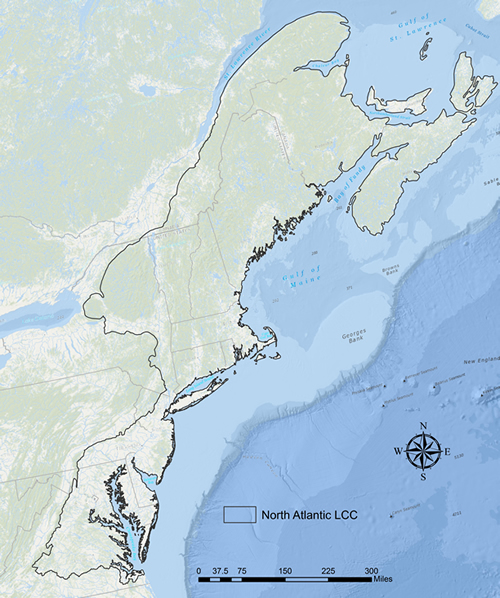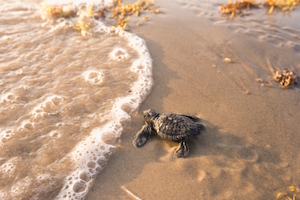Coastal Resiliency
Welcome

Coastal resilience is an increasingly important topic as impacts from climate change such as accelerated sea level rise and enhanced storm intensity gain prominence. The Disaster Relief Appropriations Act of 2013, which was motivated by Hurricane Sandy related damage, supported many projects throughout the affected region, including the projects found in the following pages.
The North Atlantic LCC is working with the Department of the Interior, its bureaus, and the broader conservation community to coordinate Hurricane Sandy resiliency science projects, identify science needs and help guide future restoration investments.
| Learn about our Atlantic and Gulf Coast Resiliency Project involving six LCC's that border the US Atlantic and Gulf of Mexico coasts. |
|---|
The Gulf of Maine Coastal Program hosted Madeline Kinsey, a US FWS Directorate Resource Assistance fellow, to review coastal resilience issues for the Gulf of Maine Region. Her report contains a thorough review of the attributes of resilience as described by Walker and Salt (2006) in a book on this topic. She uses their list of attributes to explore two case studies: brook trout and seabird nesting islands.
North Atlantic LCC staff have been participating in the Northeast Regional Ocean Council's working groups, including the Living Shorelines group. This page, hosted by the Gulf of Maine Council, is an overview of Living Shorelines in the Northeast.
Marshes
Marshes range in occurrence from full salinity environments that occur on the landward side of barrier islands, to tidally influenced but freshwater systems that can be found many miles upstream from the open coast. Thus termed tidal marshes, the vegetation that defines these systems can only occur under particular inundation conditions, and therefore tidal marshes are a conservation concern as impacts from sea level rise and storms accumulate.
Learn more
Beaches
Emergent sand dominated ecosystems such as beaches and barrier islands are dynamic even in the absence of accelerated sea level rise and storm impacts due to climate change. The suite of species that use these habitats for critical life stages such as nesting, make beach ecosystems challenging for resilience and conservation planning.
Learn more
Aquatic Systems
Aquatic systems are extremely fragmented by undersized or poorly placed road stream crossings that are unfit to provide passage for fish, other aquatic organisms and wildlife. In addition, the widespread effects of massive storms such as Hurricanes Sandy and Irene that damaged or washed out many of these culverts underscore the need for a regional science-based approach to prioritize and increase the resiliency of roads to floods.
Learn more

Atlantic and Gulf Coast Resiliency
A multi-LCC initiative to synthesize and deliver existing coastal ecological and community resilience and adaptation information to coastal decision makers and communities and, where feasible, prioritize conservation actions to increase the resilience of both coastal communities and natural resources.
Learn more
Document Actions




